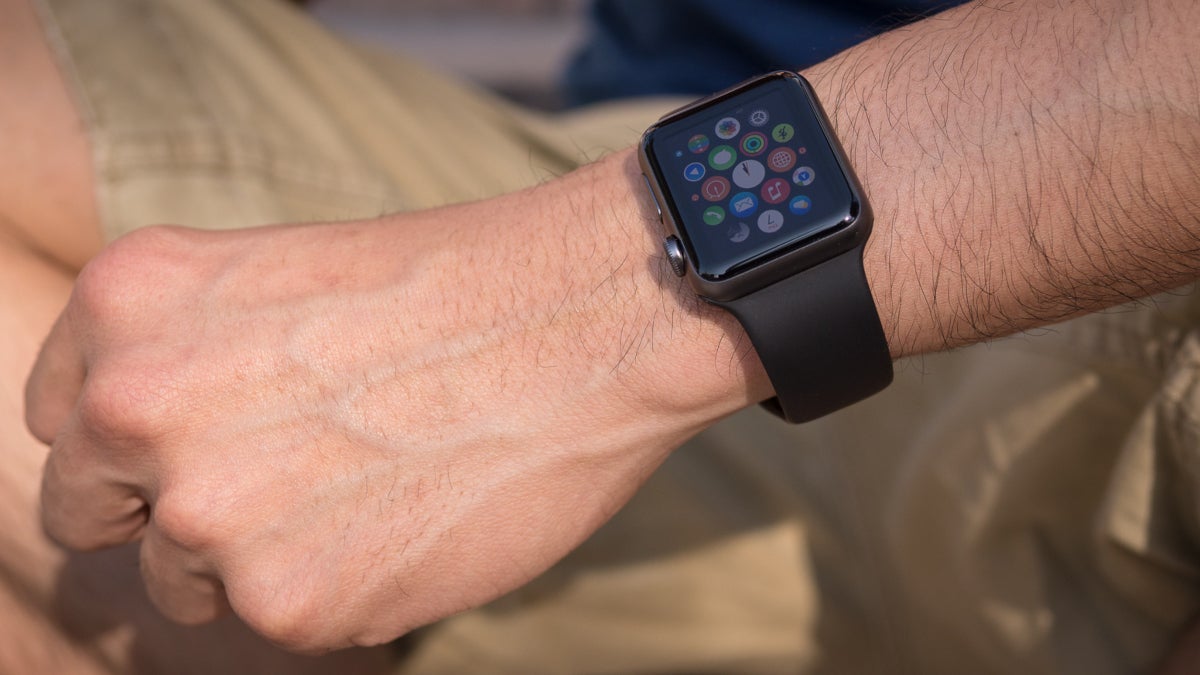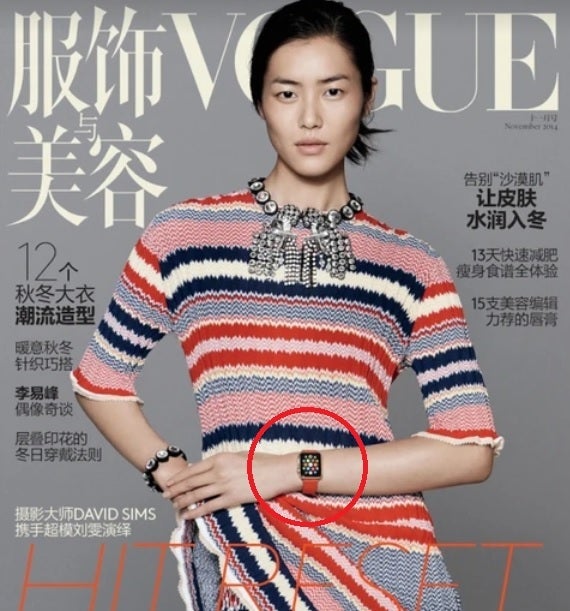First Apple Watch was to feature non-invasive blood glucose monitoring

A report published in Bloomberg today includes some interesting and heretofore unknown information about the Apple Watch. For example, back in 2011, an unknown company named Avolonte Health had a small office in Palo Alto where the company started work on developing a non-invasive blood glucose monitor. This would be a big deal for insulin-dependent diabetics who have to painfully extract a drop of blood from a finger, place it on a ridiculously expensive test strip, and insert it in a glucometer to get a reading.
This test needs to be done before each meal every day to help diabetics obtain their blood glucose readings. This data is used to help diabetics determine how much insulin they need to inject before eating. Too much insulin could lead to a hypoglycemic reaction that could result in the diabetic losing consciousness. Too little insulin can lead to high blood sugar which damages the diabetic's organs.
The late Steve Jobs was behind Avolonte's attempts to build a non-invasive glucose monitor
What no one knew at the time was that Avolonte was owned by Apple and the task it had to develop a non-invasive blood glucose monitor came directly from the man at the top, the late Steve Jobs who would soon succumb to pancreatic cancer. In 2015, the man who replaced Jobs as Apple CEO, Tim Cook, unveiled the Apple Watch. The timepiece, which Cook called the "next chapter in Apple’s story," was originally supposed to have the Avolonte non-invasive blood glucose monitor as its key feature. The feature was not ready and Apple continues to work on it to this day (more on that later).

The Apple Watch appears on a model's wrist on the cover of Vogue in China
When Apple first released the Apple Watch, it positioned the device as high-priced luxury jewelry as it made the cover of regional editions of Vogue and was photographed on the wrists of models. Apple sold its timepiece through high-end jewelry stores. But then a funny thing happened. Apple Watch users started to discover that the device was alerting them when their heart rates were too high or too low and as a result, the Apple Watch became known for saving users' lives.
Other sensors were added to monitor a user's blood-oxygen level (known as the SP02) and perform an electrocardiogram (ECG). Fall detection has also helped Apple Watch users obtain timely medical care. And luxury jewelry stores soon were no longer selling the Apple Watch.
Apple is still working on the non-invasive glucose monitor and Bloomberg reports that Apple is spending in the high tens of millions of dollars annually on the project. We've referred to it as the Holy Grail of smartwatch health complications and based on how much Apple is spending on the project, it thinks this as well.
Apple almost completed a project that would have added Android support to the Apple Watch
Apple also worked on a plan that would have allowed the Apple Watch and the Health app to support Android devices. This was named Project Fennel and would have introduced its health initiatives to countries where the company's market share was low. Apple had almost completed Project Fennel when the decision was made to cancel it partly because Apple Watch sales drive iPhone sales.
One person with knowledge of how Apple made the decision to drop the project said, "If you gave up the watch to Android, you would dilute the value of the watch to the iPhone."
Apple has made it clear that it is not interested in "post-sick" health care and wants hospitals and doctors to be in charge of treating patients. What Apple is focusing on is the "worried well." Adrian Aoun, the founder and CEO of Forward which runs high-tech in-person and remote clinics, said, "The main takeaway from their whole strategy is that they shy away from the actual care."
While he admits that Apple is working on "awesome technologies," he says that they are "skating around the problem." He adds, "Health care is messy, and you have to get your hands dirty. At some point you have to be ready to draw blood."
Follow us on Google News










![A new Android bug is making it impossible to install new apps. Are you affected? [UPDATE]](https://m-cdn.phonearena.com/images/article/176703-wide-two_350/A-new-Android-bug-is-making-it-impossible-to-install-new-apps.-Are-you-affected-UPDATE.webp)

Things that are NOT allowed:
To help keep our community safe and free from spam, we apply temporary limits to newly created accounts: